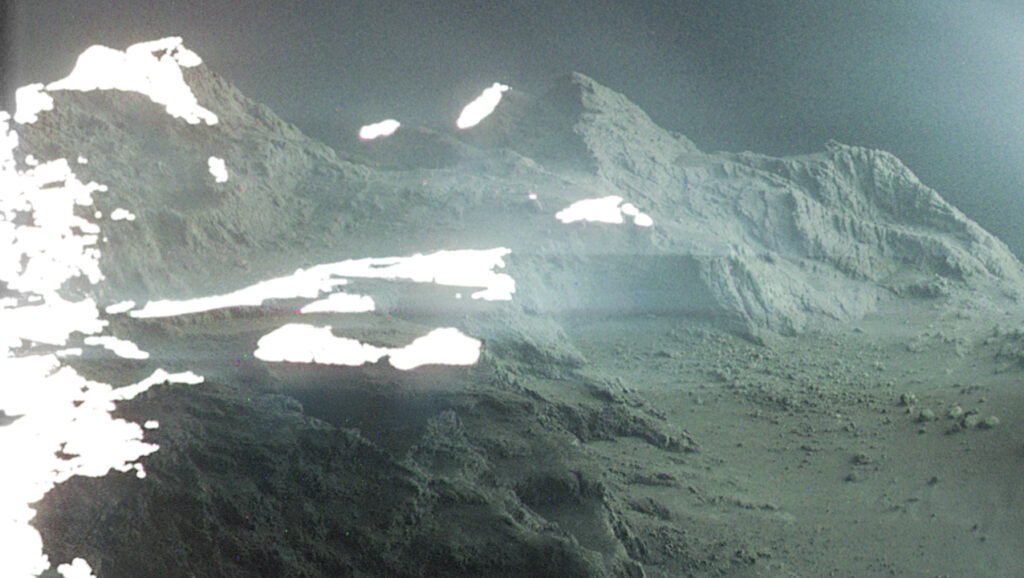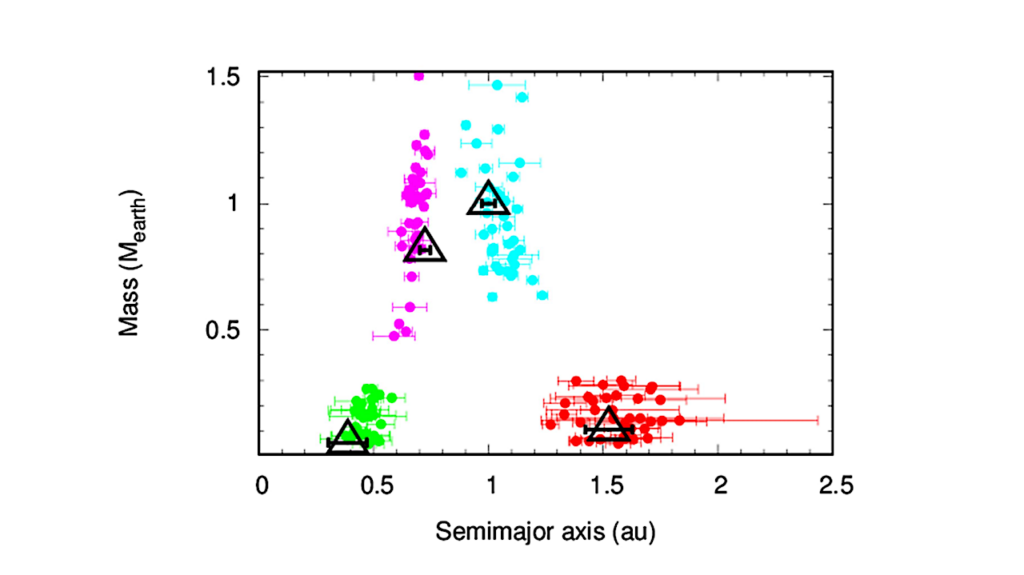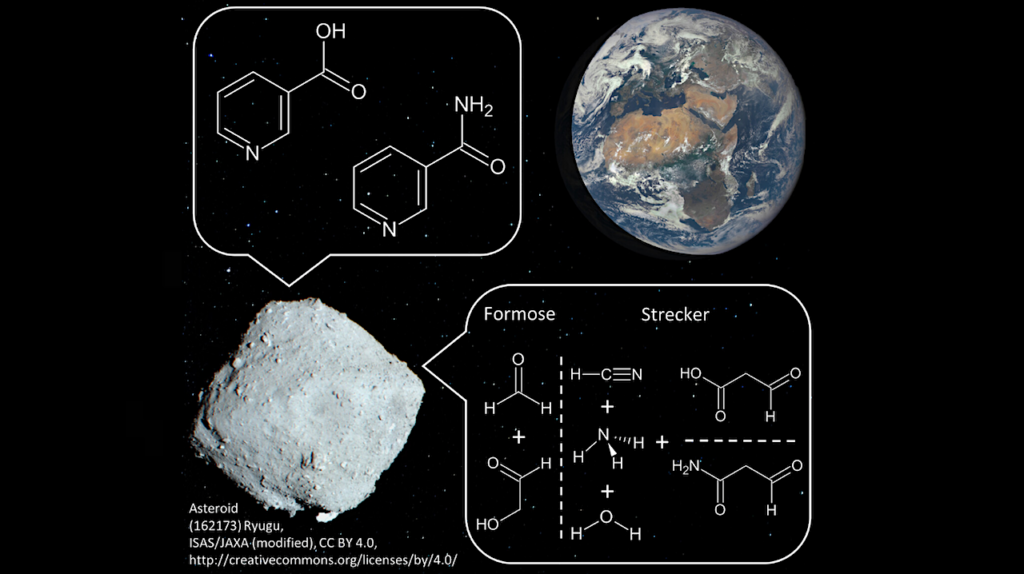First Detection of Hydroxyl Radical Emission from an Exoplanet Atmosphere: High-dispersion Characterization of WASP-33b using Subaru/IRD

We report the first detection of a hydroxyl radical (OH) emission signature in the planetary atmosphere outside the solar system, in this case, in the day-side of WASP-33b.
We analyze high-resolution near-infrared emission spectra of WASP-33b taken using the InfraRed Doppler spectrograph on the 8.2-m Subaru telescope. The telluric and stellar lines are removed using a de-trending algorithm, SysRem. The residuals are then cross-correlated with OH and H2O planetary spectrum templates produced using several different line-lists. We check and confirm the accuracy of OH line-lists by cross-correlating with the spectrum of GJ 436.
As a result, we detect the emission signature of OH at Kp of 230.9+6.9−7.4 km s−1 and vsys of −0.3+5.3−5.6 km s−1 with S/N of 5.4 and significance of 5.5σ. Additionally, we marginally detect H2O emission in the H-band with S/N of 4.0 and significance of 5.2σ using the POKAZATEL line-list. However, no significant signal is detected using the HITEMP 2010, which might be due to differences in line positions and strengths, as well as the incompleteness of the line-lists. Nonetheless, this marginal detection is consistent with the prediction that H2O is mostly thermally dissociated in the upper atmosphere of the ultra-hot Jupiters. Therefore, along with CO, OH is expected to be one of the most abundant O-bearing molecules in the day-side atmosphere of ultra-hot Jupiters and should be considered when studying their atmosphere.
Stevanus K. Nugroho, Hajime Kawahara, Neale P. Gibson, Ernst J. W. de Mooij, Teruyuki Hirano, Takayuki Kotani, Yui Kawashima, Kento Masuda, Matteo Brogi, Jayne L. Birkby, Chris A. Watson, Motohide Tamura, Konstanze Zwintz, Hiroki Harakawa, Tomoyuki Kudo, Masayuki Kuzuhara, Klaus Hodapp, Masato Ishizuka, Shane Jacobson, Mihoko Konishi, Takashi Kurokawa, Jun Nishikawa, Masashi Omiya, Takuma Serizawa, Akitoshi Ueda, Sébastien Vievard
Comments: Accepted for publication on ApJL; 12 pages, 6 figures
Subjects: Earth and Planetary Astrophysics (astro-ph.EP)
Cite as: arXiv:2103.03094 [astro-ph.EP] (or arXiv:2103.03094v1 [astro-ph.EP] for this version)
Submission history
From: Stevanus Kristianto Nugroho
[v1] Thu, 4 Mar 2021 15:21:55 UTC (3,998 KB)
https://arxiv.org/abs/2103.03094
Astrobiology,








